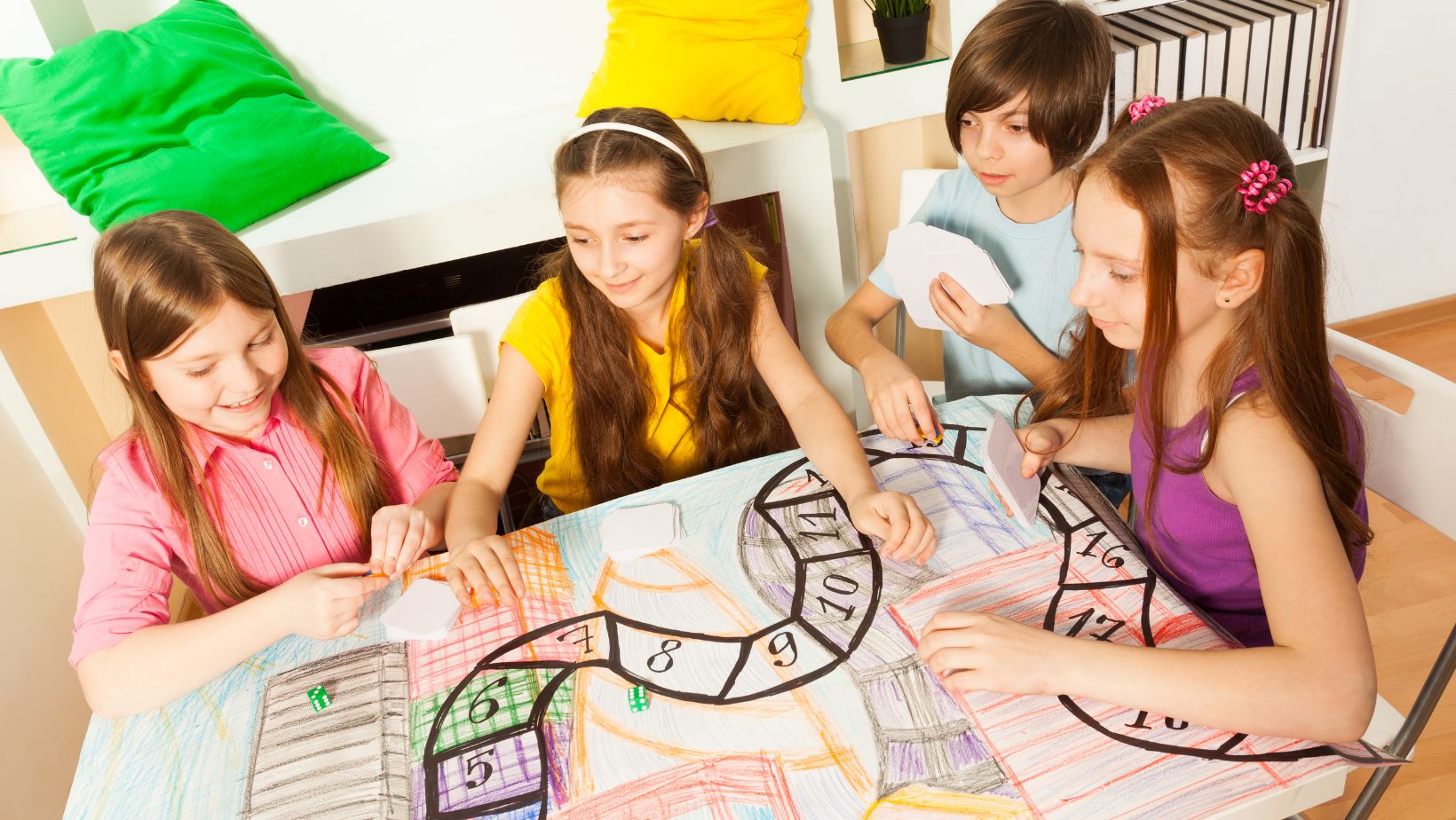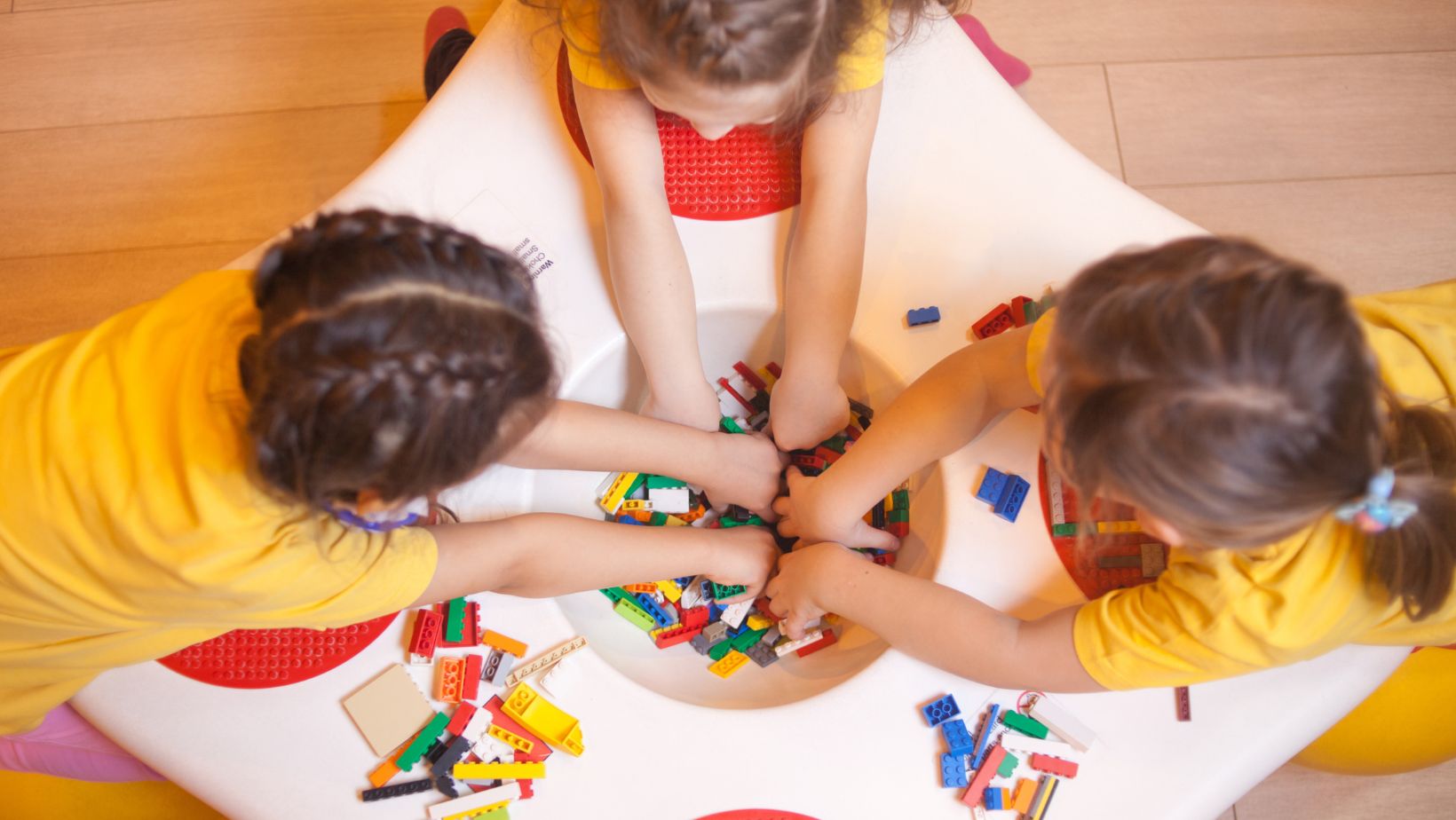
Stuffy nights can turn bedtime into a tug-of-war. When colds or allergies make noses noisy, kids breathe faster, feel edgy, and struggle to settle. The good news: comfort doesn’t require screens or complicated routines.
This guide turns calm, slow breathing into kid-safe games – tiny, playful exercises that help little bodies relax and little minds feel in control.
You’ll learn how to set a cozy scene, choose age-appropriate activities, and stitch them into a simple 10-minute routine.
We’ll also cover sensory-friendly swaps, safety basics, and a quick, printable plan for nights when everyone needs sleep – fast. Ready to transform “I can’t breathe right” into “I’m calm and sleepy”? Let’s play our way to easier breaths and smoother bedtimes.
Why turning breathwork into “games” works
Stuffy noses make kids uneasy: breathing feels harder, heart rate rises, and bedtime nerves spike. Slow, gentle breaths flip the body from “alert” to “rest-and-digest” by activating the parasympathetic system.
Longer, softer exhales relax the chest and throat, ease the urge to gasp, and quiet racing thoughts.
Turning breathwork into games lowers resistance – play feels safe, fun, and brief. Props (a teddy, pinwheel) give visual feedback, while choice (“pick one game”) restores control.
Short, repeatable rounds fit tiny attention spans, so kids succeed quickly and want to try again tomorrow.
How to set the scene
- Keep the room dim and quiet; read cues and keep your voice soft.
- Offer a sip of water to keep airways moist.
- If your clinician suggests it, use age-appropriate saline spray or a brief steamy bathroom sit (fully supervised) before games.
- Aim for 5–10 minutes total. Let your child pick the game to boost buy-in.
Game picker at a glance
| Game | Best for ages | Energy level | Simple prop | Parent cue | Typical rounds |
| Teddy Belly Elevator | 2+ | Low | Small plush | “Lift the elevator… down” | 4–8 breaths |
| Hot-Chocolate Breaths | 2+ | Low | Imaginary mug | “Smell the cocoa, cool it” | 4–6 breaths |
| Feather/Pom-Pom Float | 3+ | Medium | Feather or big pom-pom | “Soft, steady blow” | 4–8 blows |
| Bee Humming | 4+ | Low | None | “Hmmmmm like a bee” | 3–5 hums |
| Pinwheel Parade | 3+ | Medium | Pinwheel | “Spin it slowly” | 5–8 spins |
| Dragon Steam | 3+ | Medium | Hands | “Quiet steam, not fire” | 4–6 exhales |
| Window Fog Draw | 4+ | Low | Window/hand mirror | “Make a heart/star” | 4–5 drawings |
| Bubble Train | 3+ | Medium | Bubble wand | “Tiny bubbles, no big blows” | 4–6 bubbles |
| Candle Glow (no flame) | 4+ | Low | Electric candle | “Make it flicker, not go out” | 5–8 breaths |
| Lego Bridge Breaths | 3+ | Low | 5–8 bricks | “One brick per slow breath” | 5–8 bricks |
1) Teddy Belly Elevator (Ages 2+)
This game teaches diaphragmatic (belly) breathing by giving kids a visual target. Have your child lie on their back with knees bent or a small pillow under the knees.
Place a lightweight plush on the tummy; ask them to “lift the elevator” by breathing in through the nose for a slow count of three, then “bring it down” by breathing out for four to six counts.
Watch for the belly rising more than the shoulders – if the chest or shoulders jump upward, cue, “Soft belly balloon.”
Keep the exhale gentle (no pushing) and the jaw relaxed; a quiet “fff” or pursed-lip exhale helps lengthen it. Aim for 1–2 minutes, then stop before restlessness sets in.
If lying down isn’t comfortable, try side-lying or seated with the plush resting on the abdomen.
2) Hot-Chocolate Breaths (Ages 2+)
Imagining a warm mug makes pacing easy and soothing. Ask your child to “smell the cocoa” with a slow nose inhale (three to four counts), then “cool it” with a soft mouth exhale (four to six counts).
The nose inhale warms and moistens air; the long, whisper-quiet exhale eases throat tightness and bedtime jitters.
Model relaxed cheeks and lips – if you hear big gusts, remind them, “Tiny sips of air out.”
Do four to six rounds, seated upright with shoulders down. For toddlers, demonstrate first and keep each round short; if attention wanders, end with one “best breath” and celebrate the effort.
3) Feather or Pom-Pom Float (Ages 3+)
Choose a large pom-pom or a craft feather and hold it 20–30 cm from your child. The goal is a steady, gentle stream that keeps it moving without blasting.
Nose inhale, then a soft, continuous blow for as long as is comfy; pause, sip water, repeat. This subtly trains longer exhales and reduces the urge to gasp.
For younger kids, roll a big pom-pom across a table into a taped “goal” using slow breaths. Supervise closely and avoid tiny objects with toddlers.
If coughing or wheezing appears, stop, reset with a quiet breath, and try a different game.
4) Bee Humming (Ages 4+)
Humming on the exhale creates a gentle vibration that many kids find calming. Inhale quietly through the nose, then close the lips and hum “mmm” on the way out, jaw loose and shoulders soft.
Keep the hum low and easy – no straining or shouting – to naturally lengthen the exhale. Try three to five hums, resting between rounds.
Some kids like to place fingertips lightly on their chest to “feel the buzz.” Skip humming if there’s ear pain or a current ear infection. If the throat feels tickly, switch to a silent exhale and offer a sip of water.
5) Pinwheel Parade (Ages 3+)
Hold a simple pinwheel at chest height. Coach a nose inhale and then a slow, even breath that keeps the wheel spinning smoothly for four to six seconds.

The visual feedback rewards control over power. To add fun without over-breathing, march three gentle steps between breaths – “spin, march-march-march, spin.”
Keep rounds short (five to eight spins) and watch for light-headedness; if it appears, stop, breathe quietly through the nose, and resume another game. For kids who blow too hard, ask them to make the “slowest spin in the world.”
6) Dragon Steam (Ages 3+)
Invite your child to be a friendly dragon who breathes warm “steam,” not fire.
After a quiet nose inhale for three to four counts, shape a small “O” with the lips and let the warm air drift out for four to six counts, hands cupped near the mouth to “guide the steam.”
This playful image encourages longer, gentle exhales without force. Use coaching lines like “Quiet steam,” “Warm and slow,” and avoid big roars or fast blasts.
Do four to six breaths, then pause. It’s a great bridge to nose-inhale/mouth-exhale patterns on nights when the nose feels stuffy.
7) Window Fog Draw (Ages 4+)
A hand mirror or a reachable window turns breath into art. Ask your child to exhale gently toward the surface to make a small fog patch, then trace a heart, star, or initial with a fingertip.
Nose inhale, soft mouth exhale, draw – repeat for four or five shapes. This builds control, visualizes success, and adds a creative, calming focus.
Keep mouths a little distance from the surface (no pressing lips to glass), and wipe the area clean afterward. If a window isn’t practical, a mirror or shiny metal tray works well.
8) Bubble Train (Ages 3+)
With a bubble wand, the rule is “tiny breaths make tiny bubbles.” After a gentle nose inhale, your child blows slowly until a small chain of bubbles forms.
Short, steady exhales beat big gusts every time and teach pacing without strain. Do four to six “departures,” pausing to breathe quietly and re-dip the wand as needed.
Use a towel and supervise to avoid slippery floors or soapy hands in eyes; remind kids never to inhale through the wand. For indoor nights, try over a sink or bathtub.
9) Candle Glow (No open flame) (Ages 4+)
Use an electric candle or tape a strip of tissue to a pencil as a safe “flame.” Inhale through the nose, then exhale just enough to make the light flicker or the tissue sway – if it flaps wildly, the blow is too strong.
This targets whisper-soft control and longer exhales without effort. Count quietly (four to six) while the tissue moves, then rest and repeat for five to eight rounds.
Avoid real flames at bedtime; the safe prop keeps the focus on breath quality, not excitement.
10) Lego Bridge Breaths (Ages 3+)
Pair each slow belly breath with building one brick of a tiny “bridge.” After a nose inhale and a soft four-to-six-count exhale, your child earns a brick; stack five to eight bricks, name the bridge together, and display it for morning pride.
This makes progress visible, keeps rounds finite, and turns practice into a mini-mission. If you don’t have bricks, use crayons, cards, or stickers.
End before fatigue – better to finish on a win than to squeeze in “just one more.”
A quick 10-minute bedtime routine
| Minute | What to do | Notes for parents |
| 0–1 | Cozy setup | Lights low, favorite plush, sip of water |
| 1–3 | Clear-nose helper | Brief steam or clinician-approved saline, if used |
| 3–8 | Two games | Example: Teddy Belly Elevator + Hot-Chocolate Breaths |
| 8–10 | Wind-down | Whisper a story; one hand on tummy for a final slow breath |
Sensory-friendly swaps
- If humming feels “too buzzy,” switch to silent nose inhales with soft mouth exhales.
- If feathers are distracting, use a pinwheel or the tissue “candle” alternative.
- Offer one instruction at a time and model every breath.
- Let kids choose props and name the game to increase comfort.
Safety basics for parents
- Keep exhales gentle – no forceful blowing or prolonged breath holds.
- Avoid strong scents and essential oils near infants/toddlers or sensitive kids.
- Stop if your child gets dizzy, coughs hard, or says it feels “yucky.”
- Keep small objects away from little hands; supervise closely.
When symptoms linger
Trust your instincts and call your pediatrician if your child has a high fever, labored or fast breathing, wheezing, chest retractions (skin pulling in between ribs), blue-tinged lips, unusual sleepiness, repeated ear pain, or symptoms that persist or worsen despite your clinician’s guidance.
Seek urgent care immediately if breathing looks hard or your child can’t speak in short sentences.
Between visits, many parents find it helpful to keep a simple “breathing comfort kit” (hydration, saline as advised, cozy routines, calm breathing games) and to read practical how-to guides from reliable sources.
A handy parent resource – with step-by-step tips on preparedness, travel routines, and respiratory comfort tools – is https://truneb.com/
For travel and sleepovers
- Pack a tiny “calm kit”: pinwheel, small plush, tissue “candle,” and a hand mirror.
- Do the same two games after teeth-brushing, wherever you are. Familiar routines make unfamiliar rooms feel safe.
How many breaths are enough?
Aim for 4–8 slow rounds per game – that’s usually enough to calm a stuffy-night body without tiring little lungs. Keep exhales gentle and unforced; longer doesn’t mean harder. Pause between rounds for a sip of water and a quick check-in (“Want one more or all done?”). Stop early if your child looks light-headed, coughs, or loses interest – ending on a win builds tomorrow’s buy-in.
Nose or mouth breathing?
Prefer nose inhales when possible – they warm, filter, and moisten air, which can feel better on irritated airways. Soft mouth exhales are perfectly fine in play and often easier for kids to control. If the nose is too congested, don’t force it; use your clinician-approved clear-nose routine first, then try again. Over time, gently coach “in through the nose, out like a whisper.”
What if my child refuses?
Keep it tiny: offer a one-minute game and let them pick the prop or the name – choice restores a sense of control. Model the first round yourself and praise effort, not perfection (“That was a super calm breath”). If mood or congestion is high, switch to a cozier option (story breath, cuddle breath) and try again tomorrow – consistency beats intensity. Celebrate small wins and stop before it feels like work.


















